![]()
![]()
![]()
Use LEFT and RIGHT arrow keys to navigate between flashcards;
Use UP and DOWN arrow keys to flip the card;
H to show hint;
A reads text to speech;
16 Cards in this Set
- Front
- Back
|
Subphylum Vertebrata
|
Vertebrates
|
|
|
Cephalization
|
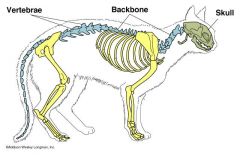
Concentration of neural & sensory equipment in head.
Bilateral symmetry. |
|
|
Vertebral column
|

Surrounds & protects nerve cord.
Provides structural support: Large body size, fast movement. |
|
|
Closed circulatory system
|
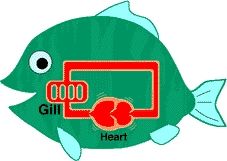
Ventral, chambered heart pumps blood through series of vessels.
|
|
|
Jawless verterates
|
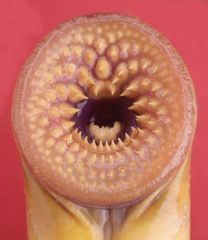
Lack jaws & don’t have appendages: lampreys & hagfish
|
|
|
Lampreys
|
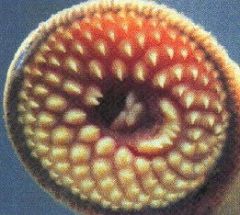
Attach to live prey & ingest blood
Introduced to Great Lakes via Erie Canal & nearly wiped out lake trout population. |
|
|
Hagfish
|

Scavengers, surround food item in a mucous bag.
Many eelskin products are made from hagfish skin. |
|
|
Terrestrial animals
|
Ancestor of tetrapods may have been lobe-finned fish.
|
|
|
Class Amphibia
|
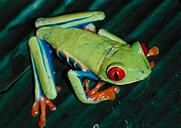
Frogs, salamanders, caecilians.
Require water to moisten skin & for reproduction: eggs susceptible to desiccation. |
|
|
Amphibia Traits
|
Ectothermic.
External fertilization. 3-chambered heart & pulmocutaneous respiration. |
|
|
Class Reptilia Traits
|
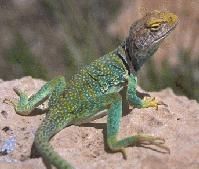
Scales, amniotic egg, internal fertilization, ectothermic, 3-chambered heart.
|
|
|
Dinosaurs & pterosaurs
|
Most wiped out by end of Cretaceous period.
|
|
|
Reptiles & water
|
Appearance of shelled egg, developed lungs, resistance to desiccation allows tetrapods to move away from water.
|
|
|
Chelonia
|
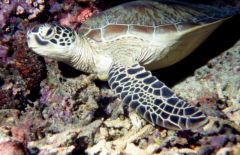
Turtles.
|
|
|
Squamata
|

Lizards & snakes.
|
|
|
Crocodilia
|
Alligators & crocodiles.
|

